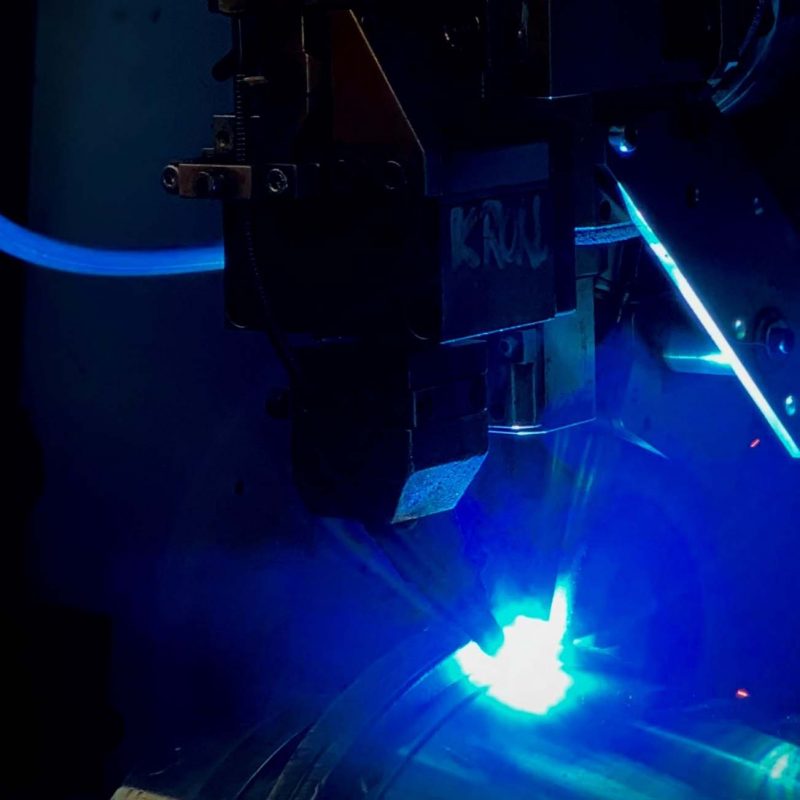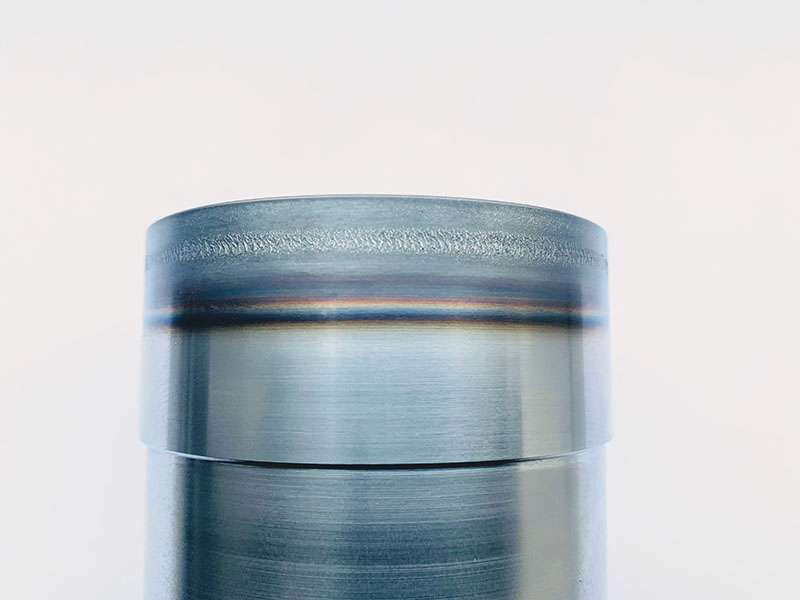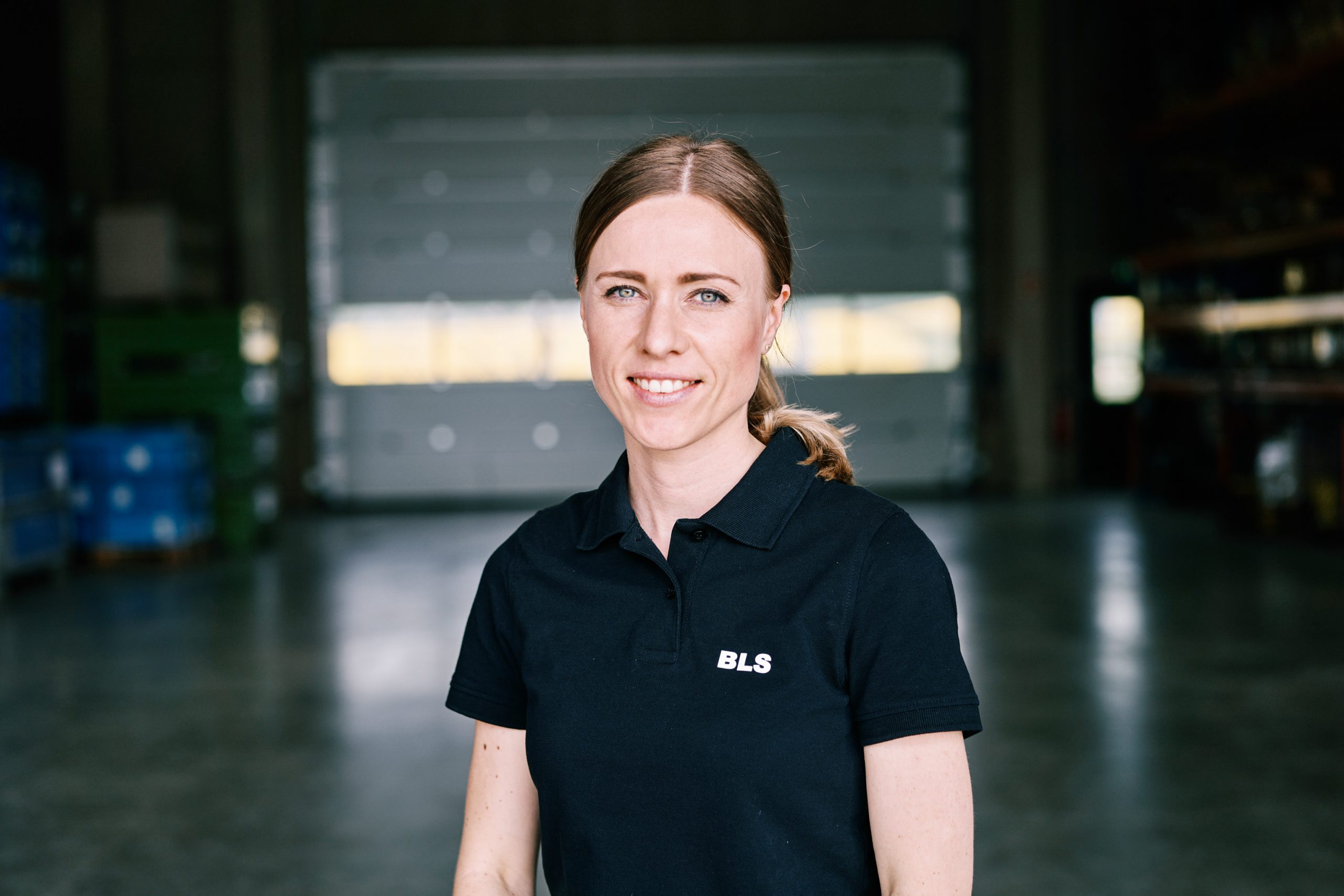Laser hardening
Laser hardening is an efficient and extremely flexible process for targeted and precise hardening of metallic components. As an expert in laser material processing, BLS offers in-depth and comprehensive expertise with this laser technology.



What is laser hardening?
Laser hardening – also known as laser beam hardening – uses the advantages of a laser to harden a metallic component. The laser heats defined areas of the metal part in order to increase the strength of the material at these areas through a structural transformation. The treated material layer undergoes austenitization as a result of the heat treatment, changing the material with a ferritic-pearlitic structure into hard martensite. The metallurgical properties remain unchanged.
During the process, the laser heats the treated material layer almost to the melting temperature (approx. 900 – 1400 °C). As the laser moves on, the surrounding material provides direct cooling of the heated material layer. The heat dissipates into the interior of the component and self-quenching occurs. The result is a hard surface that can withstand high mechanical and chemical stress. The maximum possible hardness for the material is usually achieved; the maximum depends on the material itself.
We support you
Do you need help with the laser processing of your component? BLS is looking forward to helping you determine the requirements for your 3D laser material processing.

Laser hardening belongs to the surface layer hardening processes. The laser hardens a surface layer very briefly and specifically. BLS therefore often uses the procedure to specifically prevent wear, deformation or abrasion on components of customers.
The precision of the CNC-controlled laser focuses the heat input extremely precisely on specific, heavily stressed functional surfaces. Together with the high speed of the process, this minimizes distortion and rework.
Laser hardening of the materials of a component is possible as long as the metallic materials have a significant carbon content (at least 0.2%, common is 0.3-0.4%). This is necessary because austenitization for hardening can only take place if carbon atoms in the metal lattice structure can change their position.
Trust in over 30 years of experience.
With extensive laser experience, BLS supports customers as a contract manufacturer from parameter determination / basic development through prototype production to serial production. A high-performance machine park and different laser types enable an overall optimized service offering. The quality management system and exchange with leading research institutions ensure quality at the highest level.
You have questions about the service offering of BLS Lasertechnology GmbH?
Laser hardening advantages
The process offers flexibility and precision. Laser hardening can even process the most complex geometries of a component. It can harden all carbon-containing, metallic materials. Automated CNC control of the laser ensures maximum accuracy and excellent quality of the hardened functional layers. High process speeds, automation and minimal distortion due to low heat input also drive low overall laser hardening costs.

- Economical: selective, short treatment with minimal rework and without cooling medium
- Precise: Machine and equipment with a repeatability of up to 0.01mm
- Variable: laser hardening depth of up to 0.5mm, other depths on request
- Flexible: complex and filigree 2D and 3D component geometries hardened with contour precision
- Gentle: Minimal distortion via extremely low, homogeneous heat input to the component
- Fast: process speeds from 10 to 150 cm/min
- Effective: hardness values at the maximum limit of hardness achievable with martensite formation
Laser hardening expertise
Laser hardening can harden metallic materials with a carbon content of at least 0.2%. During the laser heat input, the carbon atoms change the position in the metal lattice, whereby austenitization takes place and the treated layer hardens during cooling. The carbon content also determines the maximum achievable hardness. With regard to the component geometry, there are no restrictions; the laser, which can move freely in 3D space, reaches virtually all points of a component.
Materials
- Laser hardening of metallic materials with carbon content of at least 0.2%
- Tool, cold work and hot work steel
- Unalloyed structural steel and quenched and tempered steel
- Case hardening steel with carburizing
Variants
- Laser hardening without inert gas
- Laser hardening with inert gas to form the hardening track
- Other variants on request
Geometries
- Freeform surfaces
- Cut edges
- Grooves or slots
- Guideways
- Holes or recesses
- Various geometries and shapes
BLS Laser Hardening Offering
BLS Lasertechnology GmbH has a deep expertise for laser hardening in Germany and has an extremely wide service offering for customers. In addition to the hardening of the components, BLS helps customers with design and planning to guarantee an optimal process result in serial production.
- Support in the design of the component for an optimal hardening result
- Design and manufacture of individual, customer-specific fixtures and clamping systems
- Cleaning of the parts before processing by an in-house industrial cleaning plant
- Laser hardening from prototypes (sample production) to large-scale production series
- (Partial) automation of loading and unloading for large batch productions
- Determination of optimal laser type, parameter determination and application development
- Heating: thermal with industrial furnace (inner dimensions: 1000 x 1000 x 1000mm) or inductive with generator
- Laser hardening with hardening depth of up to 0.5mm, other depths on request
- Laser hardening precise and with hardness depths according to technical drawing and / or per agreement
- Hardness measurement on the machined components in BLS internal measurement laboratory
Laser Hardening Procedures
In addition to standard surface hardening, laser beam hardening offers further process variants for special applications. For example, laser contour hardening can process larger areas and laser shock hardening very thin layers. Quasi-simultaneous hardening can efficiently harden entire contours of small components.
Laser contour hardening
Hardening of larger surfaces, or point-shaped, filigree shapes; with special hardening optics for shaping the laser beam plus a pyrometer for temperature measurement and laser power control
Quasi-simultaneous hardening
Fast, targeted hardening of entire contours of small components by using an additional laser scanning system to control the laser beam
Laser shock hardening
Use of a pulsed laser beam for hardening very thin edge layers (~10-20 µm) on small or thin components

